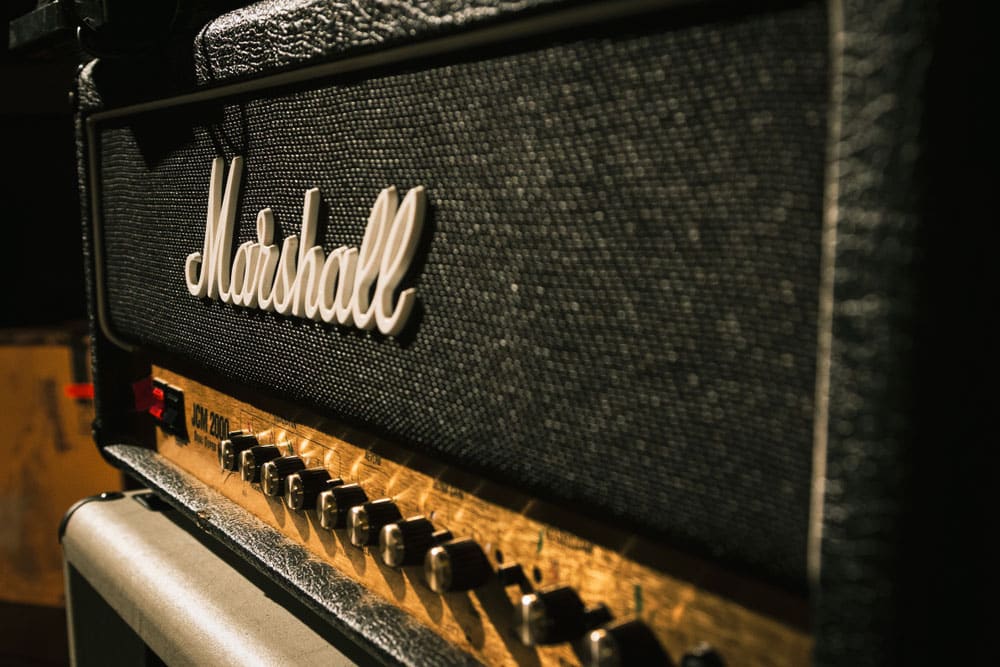
Marshall is a renowned name among the manufacturers of audio devices and equipment. Their studio monitors and instrumental amps are equipped with unique features that every musician is looking for. You can make the Marshall amps work out for your multiple applications.
Marshall DSL100HR is one of the best products of Marshall that has been used to power several 100W amps you are using. Whether it’s a guitar or any other musical instrument, Marshall DSL100HR promises you loud and catchy feedback from it.
In addition, it is a top product in terms of premium sound quality and exceptional clarity. There is no question as far as the durability of the amp head is concerned, but that doesn’t mean it is free of issues. Marshall DSL100HR has some problems that can get in its way of operation.
Marshall DSL100HR Problems
This article will mention those problems with their root causes and effective solutions.
- Zero Sounds
Sometimes the Marshall DSL100HR shows problems even if you regularly follow its dos and don’ts with things. If you try to find a cause, it gets challenging because all the components seem to work great visually. The unit can start producing sound even if you haven’t done anything to compromise it.
If you have just bought the unit showing these issues, you should send it back. There is a chance that it could be either a tube issue or a wiring fault while it was delivered to your residence. It is always better to exchange the product rather than messing with it on your own.
Some users have returned the amps 3 to 4 times because they were not working. Another important thing to remember is that if there is no sound from the unit, but the tube still lights up, it doesn’t mean the unit is functioning properly. You should also check on the sleeve around one of the preamp tubes.
It acts as a shield against the noise coming from the transformer. Before checking or replacing the tube, you should take this sleeve off.
- Overheated Tubes
Next comes the problem of overheated tubes. There is no doubt that the tubes of Marshall DSL100HR ensure the right pitch, loudness, and clarity, but they can also get overheated at times. When overheated, these very tubes can cause many other problems in the amp head.
You can avert this issue by letting the tubes cool down after you are done using the amp head for a couple of hours. If you keep on using the overheated tubes, they will stop working after some time. If you don’t give them rest, you are prone to other issues, including lowered input and crackling sound.
If you pay a deaf ear to this problem, get ready to bear the consequences. You have to replace them whenever that happens, and that’s not an easy task. Therefore, check the tubes regularly and run an amp head maintenance now and then. Look for the damages on the tubes. If there’s any, get the tubes repaired by a professional.
- Strange Noise From The Amp
Whether you have a brand new amp or got it second-hand, you must bear with the noise issue. A Marshall DSL100HR amp can start making noise all of a sudden without any suspected reason. Therefore, get ready to repair as soon as you encounter the problem.
It’s either a faulty input cord or a deteriorated power outlet that’s causing the issue. There are some things that you must have with you before you start the repair procedure. They include a pocketknife, flathead screwdriver, and a voltage meter.
Take a start by checking the input jack. It must be tight enough. If it’s not, tighten it. The following things to check are volume and tone control. If you don’t find any problem with them, move on to the next step, where you need to check the amp’s voltage by using the voltage meter.
Before you fix the value, make sure you consult a user manual and have an idea of what exactly is the required voltage for the amp. Go to the settings and change the voltage to the value recommended in the manual. Run a check on the input plug and ensure that it is not loose. If it is loose, juggle it back into the place.
The last thing that needs to be inspected for noise production is a blown fuse. If there is any, replace it with a new one.
- Not Enough Bass
Most of the time, users realize that the Marshall DSL100HR is not producing enough treble or bass. This problem is authentic, and it can frustrate the users. However, it has an easy fix because it’s just poor equalizer settings that are causing the problem. It can also result from improper speaker placement or too much loudness.
Regardless, the main culprit of poor bass is a bad connection or a faulty wire. As obvious, you first need to adjust the equalizer settings. These settings are available on the amp and the audio source device. Tweak them both to get the solution.
There is a possibility that the bass is still not enough even after you have adjusted the equalizer settings. In that case, change the locations of the speakers, subwoofers, and the amp. In most cases, the amp head fails to deliver an optimal audio performance because the equipment is not correctly placed around the amp.
However, you can get the desired results if you rearrange the devices’ settings. You can also keep a check on the volume and make sure it is not too much. Nothing is surprising about the amp head getting problematic if the volume is exceptionally high.
It’s not just the bass production that gets affected by the ear-splitting volume, but the entire unit suffers. Check the wire connections. Look for any kind of damage to them. If they are broken at any point, get them repaired by the technician.
- Cutting Off Of Sound
If you are in the middle of a performance and the sound from the amp head gets cut off, there is no need to panic because you can get this problem fixed. Just check the plugging of the amp and see whether its connection is stable. It might have lost the connection. If there is no problem with the connection, check the settings.
Sometimes the settings are changed even by accident. Several users have faced this problem, and the first thing they do is change the guitar or cables. Their doing so doesn’t resolve the problem because neither a guitar nor the cables are causing the issue; the speaker wire is loose.
Therefore, check the speaker wire going from the terminal strip and reaching the coil. It must be damaged or broken. In another scenario, a failed coil is cutting the sound off, but that’s very rare. The main cause is a damaged speaker wire.
No matter whichever of these situations you find yourself in, make sure you already have a replacement for the wire and the coil so that you can fix the problem as soon as possible.
- Crackling Sound
As common as this problem, finding the cause of the crackling sound is equally difficult. It is hard to find an amp that doesn’t give a crackling sound sometime in its lifetime. Even if you take the Marshall DSL100HR to professional technicians, they would have a hard time looking for the cause of crackling.
The sound is like a rumbling noise when the output tube is faulty. This situation is eased by identifying what type of crackling you hear from the amp. You can check all the tubes by lightly hitting them with a pencil. The one that makes the crackle is the culprit. As evident, replace the faulty tube to get rid of the noise.
In a third scenario, loud crackles hint at interference issues or dirty connections. If the sound of crackling is high-pitched, there is something wrong with the preamp tubes. Try the same pencil-hitting process with these tubes and replace the tube that is causing the problem. You need to check every single connection methodically.
Even the tube sockets need to be inspected. As soon as you clean the dirty connections, there is a high chance that the loud crackling noise will go away. If you are unable to identify the type of crackling because it sounds very random, it points at the problematic power tubes.
The first thing you need to do is swap each one with a spare tube. If the problem stays, you must check the preamp plate and cathode resistor. This troubleshooting is not as easy as the other ones and might require professional assistance. There are some other things that you should check as well.
Check the connection between the amp and the speaker. Sometimes a shoddy connection causes interference and, thus, crackling. The fix is pretty simple. Just replace the cable between the speaker and the amp.
Wires should be checked first as soon as you detect the crackling issue because if the wire is faulty, it saves you the trouble of pulling your entire amp apart bit and bit. All you have to do is replace the wire and remove the crackling noise.

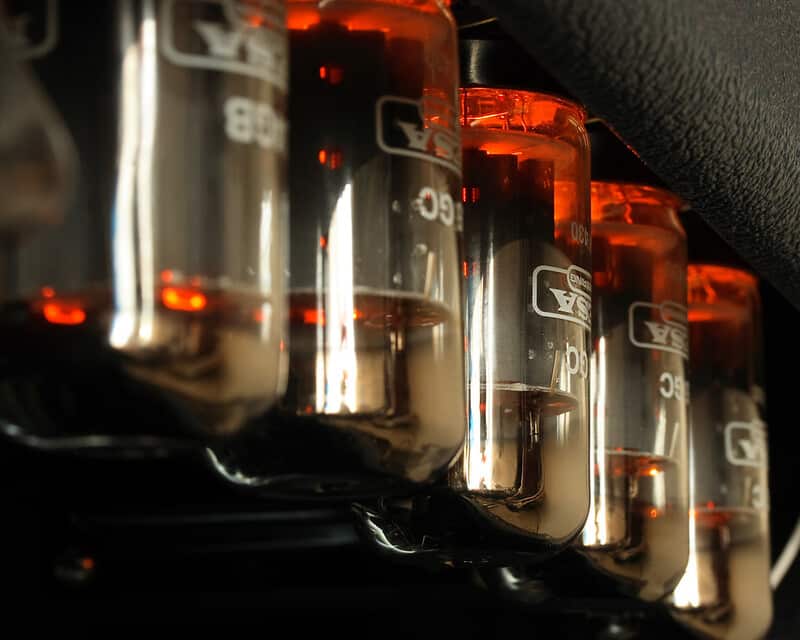
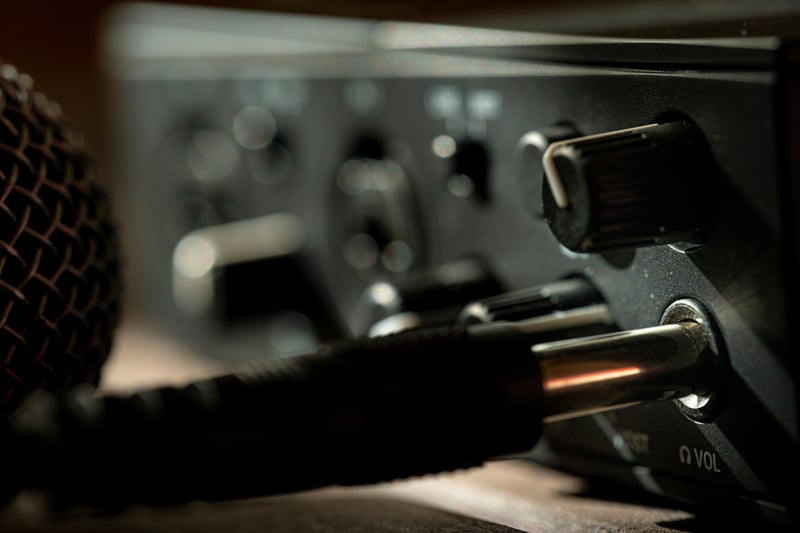
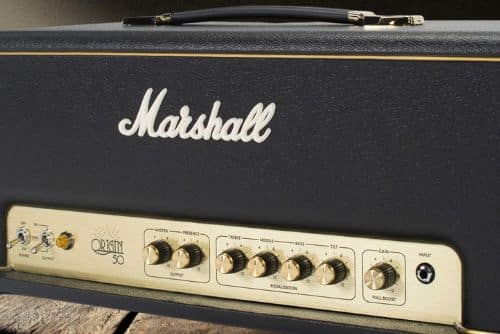
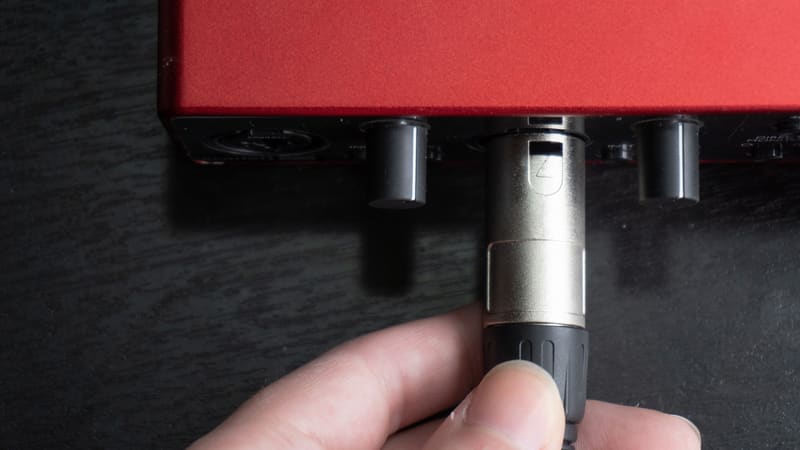
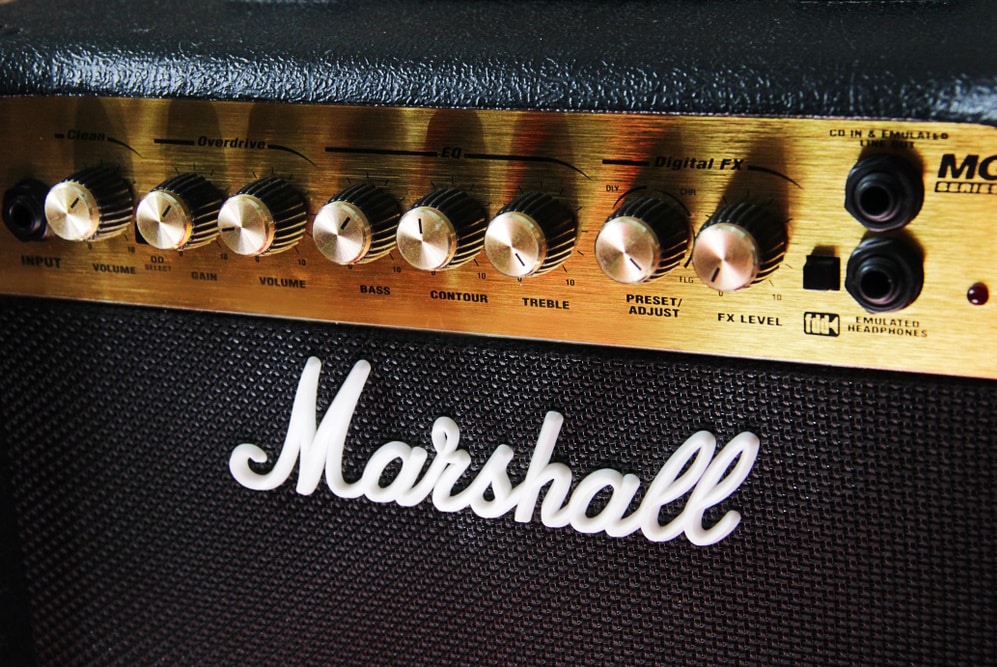
I bought a DSL40CR. Brand new. Played it for an hour and the crackling and popping started. They sent me a small replacement tube, but it still does it. Takes about an hour and it starts. I think I’m going to return it for another one.